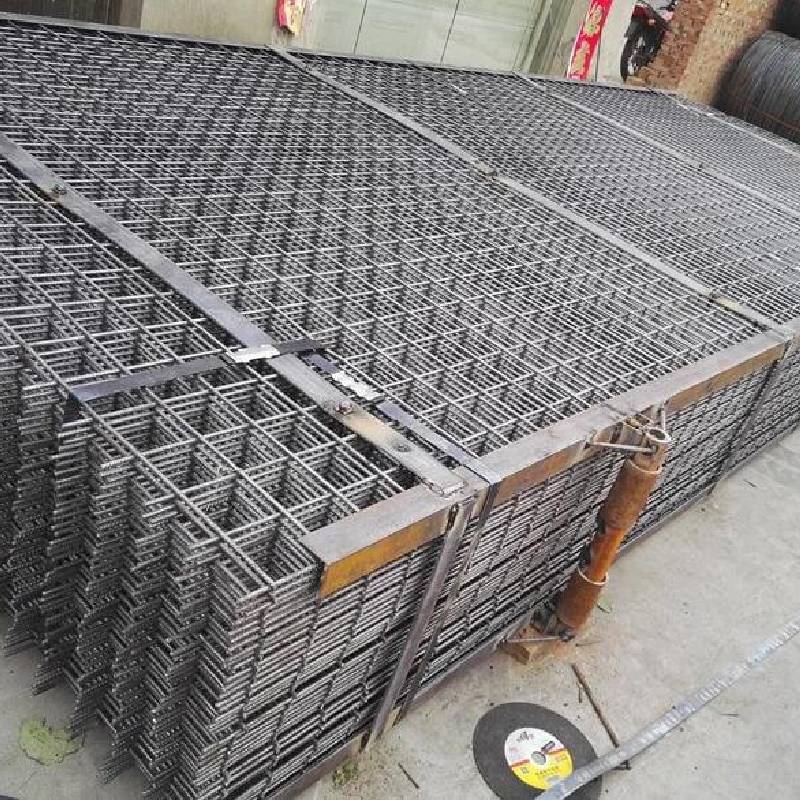
- Mobile Phone
- +8613931874955
- sales@cntcmetal.com
Understanding Large Compression Springs and Their Applications in Various Industries
Understanding Big Compression Springs Applications and Benefits
Compression springs are vital mechanical components used in a wide range of applications, from everyday household items to sophisticated industrial equipment. Among them, big compression springs play a crucial role due to their ability to withstand substantial loads while maintaining elastic properties. In this article, we will explore the characteristics, applications, and benefits of big compression springs.
What are Big Compression Springs?
Big compression springs are characterized by their larger dimensions compared to standard compression springs. They are typically cylindrical coils made from high-strength materials like steel, stainless steel, or specialty alloys. The primary function of these springs is to store energy and exert force when compressed. Their design allows them to absorb shock, provide resistance, and maintain the necessary pressure in mechanical systems.
The design of a big compression spring can vary widely based on the application it serves. Key specifications include the wire diameter, spring diameter, coil length, and the number of active coils. These parameters influence the spring's performance, including its maximum load capacity and stiffness.
Applications of Big Compression Springs
Big compression springs find utility in various industries due to their robustness and reliability. Here are some common applications
1. Automotive Industry In vehicles, these springs are used in suspension systems, providing stability and comfort by absorbing shocks from the road. They ensure that the vehicle maintains proper contact with the surface, enhancing safety and performance.
2. Industrial Machinery Heavy machinery often requires large compression springs to manage heavy loads and vibrations. These springs are integral to offsetting the immense forces generated during operation, thereby prolonging the lifespan of equipment.
3. Construction Equipment Big compression springs are frequently used in cranes, excavators, and other construction machinery. They enable the machinery to lift and lower heavy objects by providing a powerful counterforce.
4. Furniture In commercial furniture, especially in office chairs and mattresses, large compression springs contribute to comfort and durability. They allow for adjustments in height and posture, enhancing user experience.
big compression springs

5. Aerospace In the aerospace sector, big compression springs are essential for landing gear systems. They absorb the impact during landing and ensure a smooth and safe operation, handling forces that can be several times the weight of the aircraft.
Benefits of Big Compression Springs
The advantages of using big compression springs can be summarized as follows
1. High Load Capacity Due to their size and material composition, these springs can bear significant loads without deforming. This makes them ideal for heavy-duty applications requiring reliable force management.
2. Durability Big compression springs are designed to withstand harsh conditions, including extreme temperatures and corrosive environments. Their robustness ensures longevity, minimizing the need for frequent replacements.
3. Versatility Their wide range of materials and customizable designs allows big compression springs to be tailored to specific applications. This versatility is crucial in industries with unique requirements.
4. Energy Efficiency By efficiently storing energy, big compression springs help reduce energy consumption in mechanical systems. This efficiency can contribute to lower operational costs over time.
5. Enhanced Performance By improving stability and shock absorption, these springs enhance the overall performance of machinery and equipment, leading to better output and productivity.
Conclusion
Big compression springs are indispensable components across various industries, equipped to handle high loads while offering durability and performance. Their ability to efficiently manage energy and provide resistance makes them ideal for applications requiring strength and reliability. As technology advances, the design and application of big compression springs will continue to evolve, ensuring their relevance in an ever-changing mechanical landscape. Understanding their significance can lead to better design choices and improved operational efficiency in mechanical systems. Whether in automotive, industrial, construction, or aerospace fields, big compression springs will remain a crucial part of the machinery that drives our modern world.
share:
-
Yard Sign Stakes: Reliable Guardians of Outdoor SignsNewsAug.04,2025
-
Wall Ties: Invisible Guardians of Building StabilityNewsAug.04,2025
-
Resilient Web: The Super Guardian Power of Concrete MeshNewsAug.04,2025
-
Masonry Accessories: A versatile assistant on building foundationsNewsAug.04,2025
-
Iron Binding Wire: the 'invisible reinforcement specialist' in the fields of architecture and industryNewsAug.04,2025
-
Dynamic Spring: The diverse functions and excellent performance of Wire Tension SpringNewsAug.04,2025
-
Your Source for Concrete Wall Ties and Masonry AccessoriesNewsJul.10,2025



















